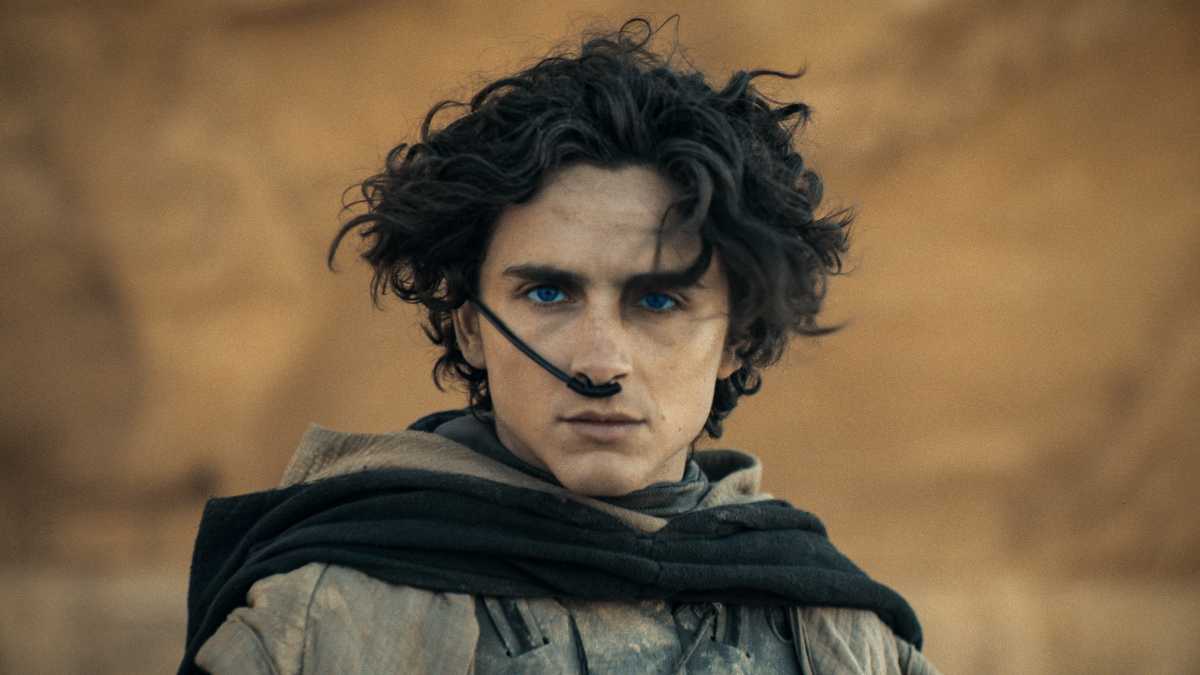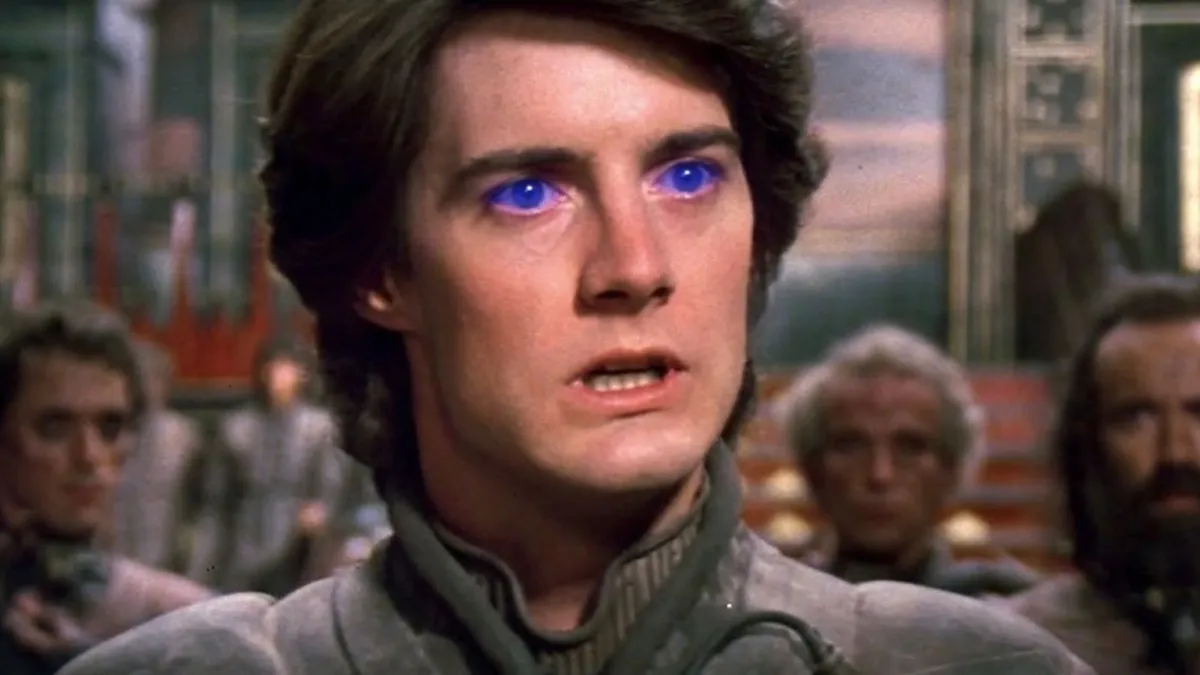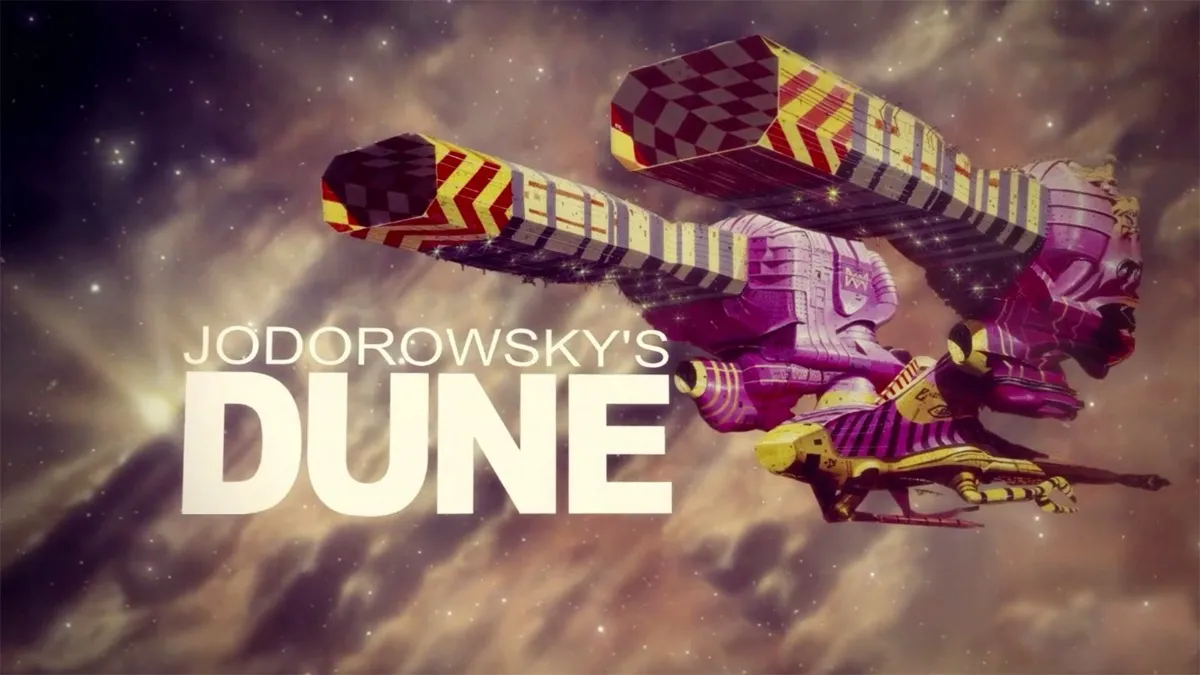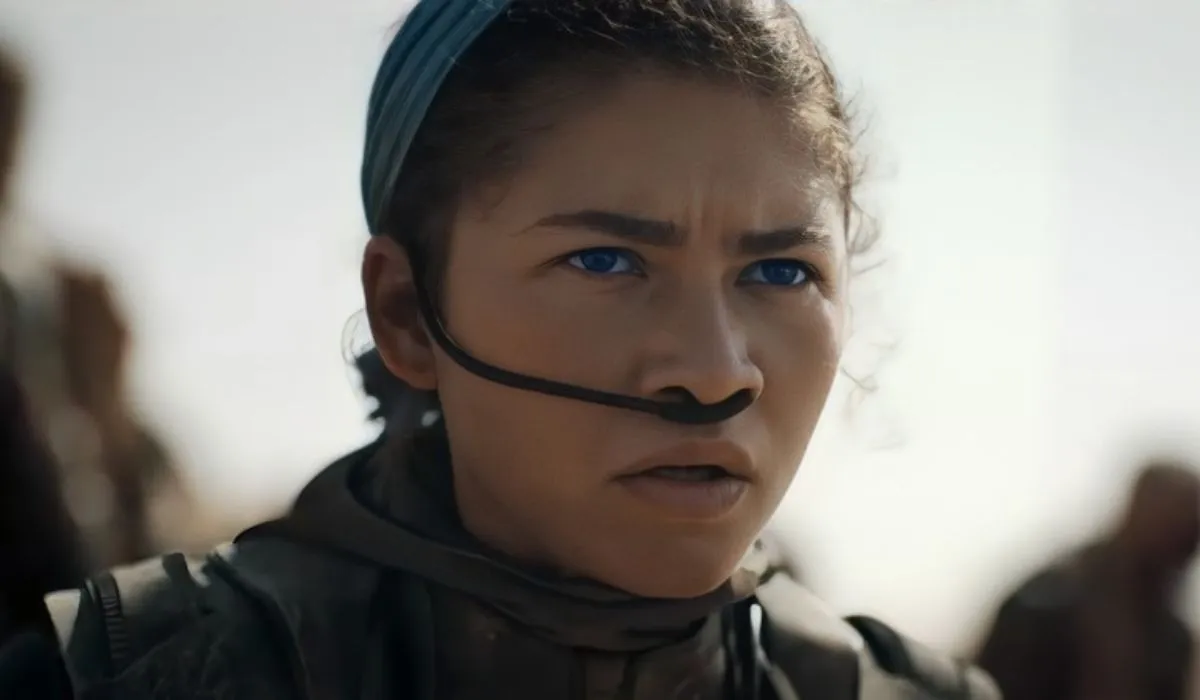It’s Called Unadaptable for a Reason: All the ‘Dune’ Movies, Ranked

Frank Herbert’s Dune series is a titanic science fiction series that has historically served as a titanic headache to adapt. Even the newest adaption’s director Denis Villeneuve says it’s an easy series to get wrong—which is maybe why not many have even tried.
Let’s break down The Good, The Bad, and The Outside the Box of Dune adaptations.
4. Dune (1984)

Even one of cinema’s greatest directors David Lynch was powerless against the unadaptable might of the Dune novels. As a result, Dune from 1984 flopped harder than a sandwort beaching itself. Why? One word: Lore. Or lack thereof. The Dune series is absolutely steeped in lore. More steeping going on than the English countryside at tea time. Explaining the Bene Gesserit alone is enough for a movie unto itself, not to mention the Fremen, Spice, sandworms, and the extent of Paul’s powers.
Dune accounts for none of that lore. As a result, key pieces of information about the complicated world of Dune are rushed over or left out entirely. As a result, the plot is just confusing. It’s a story that simply cannot be told in one film, as Denis Villeneuve no doubt realized. Lynch and the studio’s attempt to hit the ground running with plot and action ends up doing nothing but mire the film a desert of confusion.
But perhaps the biggest sin of the film is the fundamental misunderstanding of Paul’s character. (Though the shoddy sandworm special effects are a close second.) The studio behind the film attempted to portray Paul as the one thing he is not: a hero. Herbert’s novel is fundamentally about the dangers of assigning messianic attributes to flawed human beings. It’s a “Chosen One” narrative that subverts the entire Chosen One story. If you get that wrong, you’ve gotten the entire point of Dune wrong. And that’s exactly what Dune from 1984 did. Didn’t do. You know what I mean.
3. Jodorowsky’s Dune (2013)

When my friends told me that we were gonna watch Jodorowsky’s Dune I was hyped. An animated sci-fi extravaganza about space royals fighting over a planet of sandworms? Sounds dope. Imagine my disappointment when Jodorwsky’s Dune turned out to be a documentary about a Dune story that didn’t exist. Bummer. Don’t get me wrong, Jodorowsky’s Dune is a great film. It’s a cautionary tale about the ugly world of movie-making, and how sometimes the dreams of filmmakers are shattered by cold reality.
Jodorowsky’s Dune was never gonna happen. He wanted to cast Salvador Dali as The Emperor, and Dali said he’d do it … for $100,000 an hour. Jodorowsky’s solution? Get Dali to appear for only an hour and then replace him with a robotic double. Right. Sure. The biggest killer of the movie was the run time. Hollywood asked for a two-hour film. Jodorowsky said that he could tell the story in ten hours. Fourteen tops. Yikes. The project was soon shuttered, and its 3,000 storyboard drawings created by Jean “Moebius” Giraud were shipped out to other studios. The film argues that this concept art inspired Star Wars, Star Trek, Alien, and countless other sci-fi titles. Though Jodorowsky’s Dune never happened, it’s the reason why the best of sci-fi epics (including Dune‘s most recent adaptation) did.
2. Dune: Part One (2021)

(Warner Bros.)
Third time’s the charm. Against all odds, director Dennis Villeneuve did the impossible and made a compelling Dune adaptation for the big screen. What did he do right? He took his time. The majority of the two-and-a-half-hour film is spent setting the stage for the world of Dune. It’s essentially a lore dump, one where we actually learn about the complexities of the universe and the many planets and peoples that populate it. The Bene Gesserit. The Fremen. The Atreides and Harkonen families. That weird thing Paul can do with his voice. The shields. The worms. All of it gets explained.
While naturally, this makes for slow going, the film makes up for it by piling on the action once the characters have been established. The Harkonen invasion. The sandworm attacks. The Fremen duel. All of these scenes make the film a glorious caper to behold, aided and abetted by groundbreaking special effects.
1. Dune: Part Two (2024)

Exposition is dead! Long live exposition! Let the action commence! The painstaking exposition of Dune: Part One does indeed pay off in Part Two. We know who everyone is. We know about Paul’s powers. We know about the enemy he’s up against. We know about Spice. About sand worms. About shields. The rules of the game have been established, and now we can watch it being played.
Dune: Part One is essentially someone explaining the rules of basketball. Dune: Part Two is watching people dunk on one another. The first is necessary to understand what’s going on. The second is where the fun begins. The result is one of the most impressive sci-fi visual feasts ever served upon the silver screen’s silver platter.
(featured image: Warner Bros.)
Have a tip we should know? [email protected]
